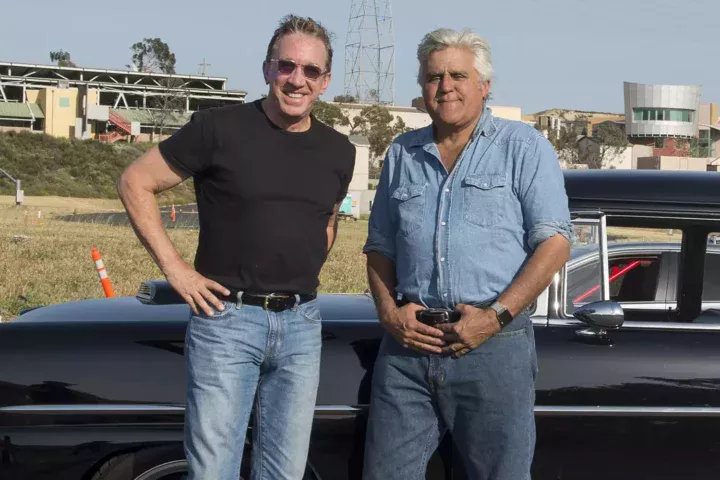Far from its somewhat closed-off reputation, the art and antiques market is now firmly online. On TikTok, the #antiquestorefinds hashtag boasts over 36.9 million views. Influencers show off their purchases while dealers share insider tips on what to look for when buying. Major auction houses upload Instagram stories of their evening sales to millions of followers. And tech-savvy dealers’ websites feature high-res images of their stock, complete with price tags.
Last year, online purchases accounted for 20% of sales in the art market, more than double the pre-pandemic 2019 level (9%). Despite the welcome return of in-person trading, e-commerce is set to stay in 2022. Digitalisation was a long overdue consequence of the Covid-19 pandemic, when lockdowns forced many businesses to embrace online trading. Social media content and online viewing rooms are now widely used selling tools. And they have arguably attracted a brand new generation of young collectors.
@readbetweenthelattes My number one recomendation for antiques and vintage finds! #nycantique #nycvintage #nycvintagestore #shopsecondhand #carrollgardens #nycshopping #vintagedecor #shopvintage #antiquestorefinds ♬ Easy Living – Billie Holiday
These newcomers and their motivations are as diverse as the market itself. According to one 2022 survey, 74% of under-35s primarily buy art and collectibles to support the artistic community (compared with 33% of older buyers). Social impact is also important to young people purchasing antique furniture and jewellery. Such items lend themselves easily to “reuse and recycle” sustainable messaging. Eve Oliver, the PR and marketing manager at IACF, regularly interacts with customers at some of Europe’s biggest antiques fairs: “Young people want to buy furniture they won’t throw away tomorrow. For nine out of ten [younger customers] that I’ve spoken to, the biggest drive is the environmental factor.”
Furthermore, during lockdown, young people’s homes became a central visual feature of their social media channels. One-of-a-kind items are far more likely to stand out on platforms awash with interior design content. Popular antiques influencers such as @tradchap have tapped into this trend by running successful “home inspiration” Instagram profiles alongside their regular trade accounts.
At the major auction houses, young high net worth individuals (HNWIs) are also making their mark. Although the average age of a billionaire is 63, the number of younger billionaires (i.e. under 50 years of age) is increasing. Many of these individuals are self-made tech and finance entrepreneurs who are now active in the art market. Young HNWIs inheriting wealth from older relatives are also collecting. Recent data shows that most Gen Z and millennial HNWIs invest in fine art, much like their Gen X and Boomer contemporaries. But new ways of buying during the pandemic, including online-only auctions and the ability to pay in cryptocurrency, were key factors in persuading (mainly) younger, tech-savvy millionaires to spend big on NFTs too.

Indeed, rapid digitalisation has permanently changed the trading landscape. Item prices are now clearly listed, whether someone is buying a vintage tablecloth or a 17th-century Dutch masterpiece. At fairs, Oliver notes that traders are far more at ease when it comes to people taking photos of items, with some even happy to participate in livestreams. Christine Bourron, the chief executive of Pi-eX, indicates that live day sales of major auction houses are now performing extremely well: “Live day sales have done so well, this season, thanks to the whole online bidding process. The new trend we’ve seen is that now, there are many more participants joining via online bidding during live day sales.”
But now that lockdowns are a distant memory for most countries, how will online selling complement more traditional forms of trading? This is where the future becomes less clear. When it comes to bricks-and-mortar versus hybrid or digital-only selling, businesses must work out what is best for them. Many major auction houses still offer “phygital” galleries (i.e. virtual replicas of physical viewing rooms), metaverse technology and online-only sales alongside conventional live auctions. In doing so, they can balance the needs of younger, tech-savvy HNWIs with established collectors who prefer the thrill of traditional bidding.
However, some businesses are less interested in retaining a physical space. After all, online platforms have proved that they can replicate some of the vital links within the art and antiques community, without the need for hefty building rental fees. Interior design influencers support dealers by sharing purchases with their followers. Social media allows customers to ask questions and make offers with the simple click of a button.
But whether businesses choose to prioritise bricks or clicks, one thing is clear. An exciting future lies ahead: one which offers more opportunities than ever before to keep long-time customers happy while enticing young new collectors into the market.


















